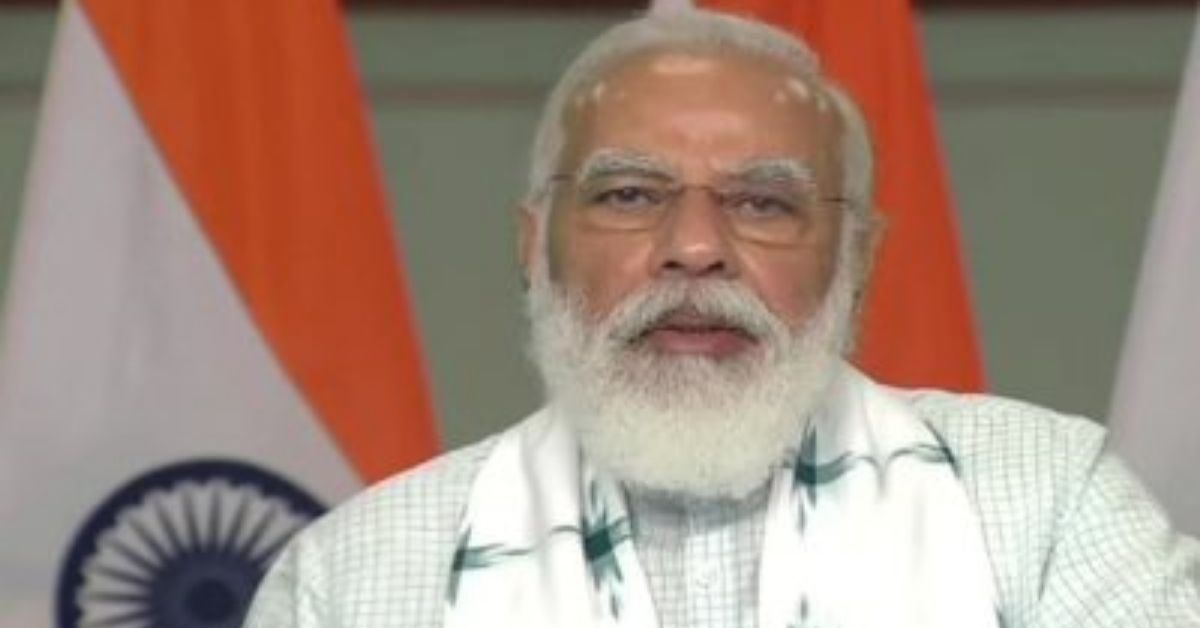The National Logistics Policy launched by Prime Minister Narendra Modi on Saturday has been hailed by India Inc as the best thing to happen for the $200 billion logistics industry that has been crying for such an initiative for decades. However, the critical thing is speedy implementation of the various initiatives announced.
The policy aims to expedite the last-mile delivery, helping businesses save time and money. While the new policy addresses challenges of the logistics sector, it will also address gaps along with the infrastructure augmentation plan PM GatiShakti.
The government is using technology to strengthen the logistics sector. Faceless assessment has started in customs and e-way bills and FASTag are bringing efficiency to the logistics sector. Talking about the drone policy, he said drones will improve the logistics sector.
The capacity of ports has been increased and the container vessel turnaround time has been cut to 26 hours from 44 hours previously.
The Sagarmala project to connect ports and dedicated freight corridors has started to improve logistics connectivity and systematic infrastructure development work, he said.
India is now the world’s fifth largest economy and is emerging as a manufacturing hub, he added.
The biggest announcement is the plan to integrate 30 systems of various ministries to create an integrated digital logistics system for faster, cheaper and safer logistics services. This is key to ensure that every transaction of the logistics department can be authenticated. The Unified Logistics Interface Platform will bring all the digital services related with the transportation sector on a single portal.
Since 2014, the government has put significant emphasis on improving Ease of Doing Business. The logistics policy being the latest addresses key issues of high cost and inefficiency by laying down an overarching interdisciplinary, cross-sectoral and multi-jurisdictional framework for the development of the logistics ecosystem.
The government has incorporated major points suggested by the industry in this policy. However, the critical issue is implementation. “We need to implement the policy at Cheetah speed. It will also put pressure on the states to initiate a similar measure,” said an official of a leading logistics company.
Jagannarayan Padmanabhan, Director and Practice Leader-Transport and Logistics, CRISIL agrees. Over the past five fiscal years, the government has invested close to ₹15 lakh crore in augmenting hard infrastructure such as roads, rail, ports and airports. This trend is expected to continue. The policy’s right implementation and widespread adoption will help structurally reduce logistics costs and make a difference to the growth of India’s manufacturing and services sectors, he said.
Hard work
“The National Logistics Policy has not come out of the blue and there are eight years of hard work behind it. There are policy changes, major decisions, and it has my 22 years of governance experience behind it”, the Prime Minister said. “We all want that luggage should move quickly like a cheetah,” he added, referring to the release of cheetah in the morning.
Lauding the policy, R Dinesh, Executive Vice-Chairman, TVS Supply Chain Solutions and President Designate of the Confederation of Indian Industry (CII), said it is a timely step in the right direction that will help to increase the outsourcing levels by manufacturers and encourage digitisation thereby reducing the cost of logistics in India.
“The policy is an encouragement for all the stakeholders in the supply chain segment. It will surely provide the cheetah speed to the logistics industry and make India a global logistics hub,” said Vineet Agarwal, MD, Transport Corporation of India. If India is to become a $5 trillion economy, it is imperative to reduce the logistics cost, said Venu Knodur, CEO, Lobb Logistics.
India’s logistics sector is complex with more than 20 government agencies; 37 export promotion councils; 500 certifications and 10,000 commodities. The sector also involves 200 shipping agencies; 36 logistics services; 129 inland container depots; 168 container freight stations; 50 IT ecosystems, and banks and insurance agencies. Further, 81 authorities and 500 certificates are required for EXIM.
Desi capacity
Though the policy talks about substantial reduction in logistics costs, it may turn out to be just in the print, as effort should be taken to create India’s own carriage capacity in both shipping and air that are totally controlled by foreign operators right now. The freight costs and associated terminal costs are decided by them, said B Govindarajan of Tirwin Management Services.
“Unless the country has a say in its freight costs, aiming to bring down the logistics costs will only be a wish list,” he added.







